Starting up an eCommerce grocery delivery business in US, UK & Canada: Here’s a Complete guide for entrepreneurs
Author Grocery App Development, Grocery E-commerce App Development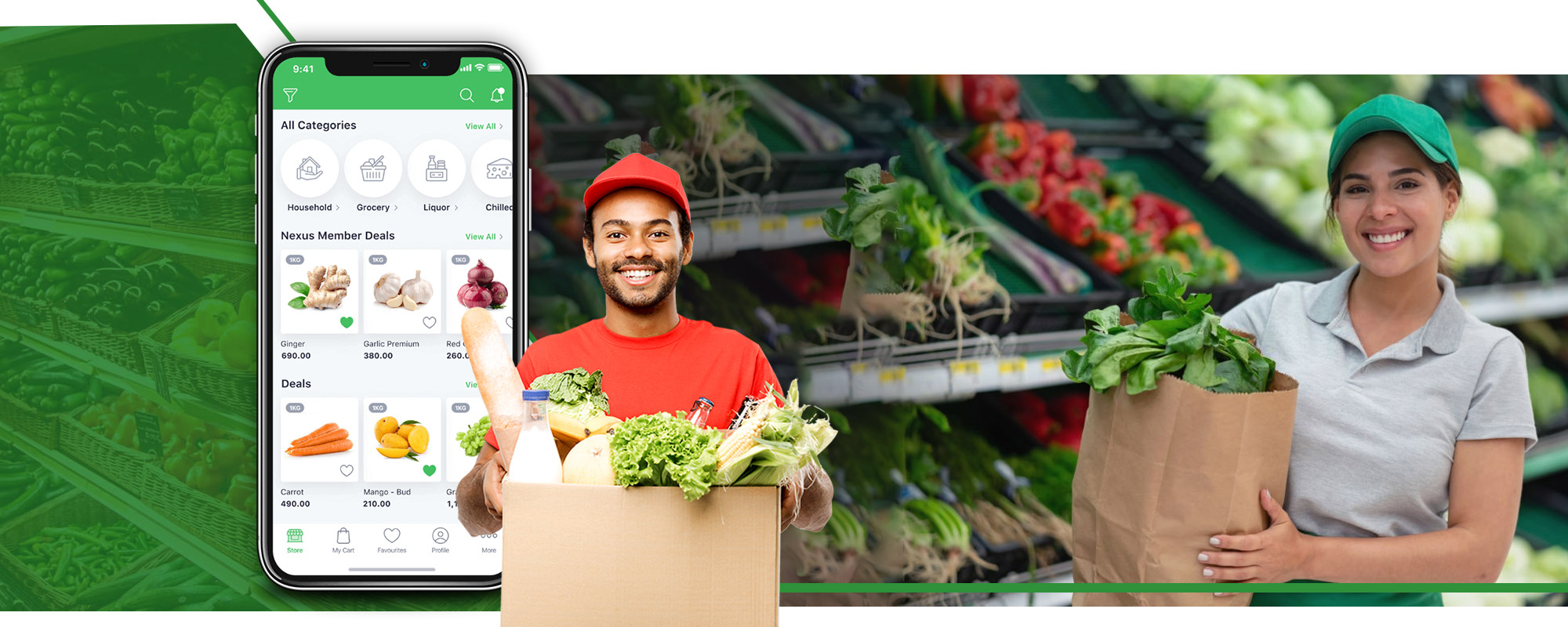
2020 has been the year of ups and downs. With COVID-19 occupying the center stage, traditional businesses have incurred massive losses. One notable aspect this year has been the wake-up call to entrepreneurs in taking their businesses online. One concrete example of the above statement is the rise of the grocery delivery business. Retail grocery stores and supermarkets were flourishing in the pre-COVID-19 era. The panic-buying phase, coupled with people’s fears to step out of their homes, has made these stores run out of essentials. Besides, with people demanding doorstep services, grocery delivery apps have risen to the occasion, paving the way for unprecedented growth in the first and second quarter of 2020.
According to a study by Nielsen, almost one in four consumers of developed countries like the US, UK, Japan, etc., are already using the online medium for grocery shopping. Besides, almost 55% opined that they would lean towards grocery apps in the near future. With people beginning to consider safety as their top priority, the market for grocery delivery apps looks bright, forecasting unprecedented growth.
If you’re an entrepreneur having an idea of establishing a grocery delivery app, now is the time to roll up your sleeves and get into action. This blog caters to the needs of those entrepreneurs who aspire to build an ecommerce grocery delivery empire in the US, UK, and Canada. We’ll cover almost every aspect of app development, right from benefits to challenges.
The US grocery delivery market
According to a report by eMarketer, the US ecommerce grocery delivery market is the fastest-growing product category online. The market’s current value lies around $20 – $25 billion. It is poised to reach a substantial value of $38.16 billion by 2021.
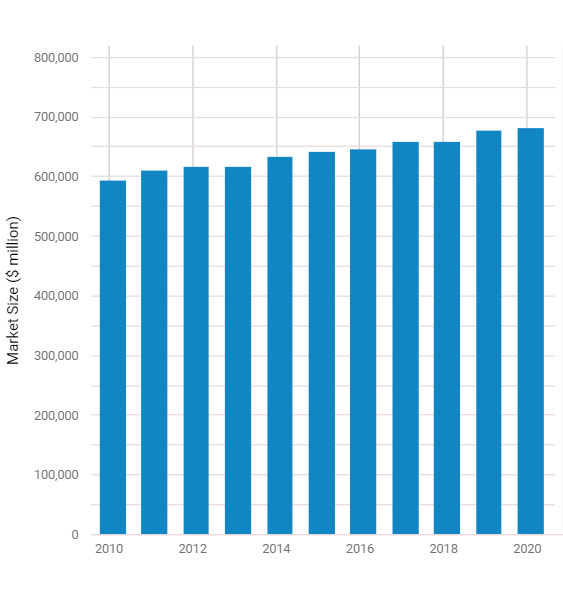
The US market houses multiple top players like Instacart, Walmart Grocery, Shipt, etc. Since the onset of the COVID-19 pandemic, apps like Instacart and Walmart Grocery experienced a massive surge in download rates by 218% and 160%, respectively.
Grocery delivery brands in the US have made contactless deliveries mandatory. Besides, they’re also supplying sanitizers and face masks to their delivery workers.
The grocery delivery market in the UK
According to a recent report by Statista, the UK’s grocery delivery market will become the second-largest in the world, falling behind the highly populous China. Giants of the online sector like Asda, Tesco, etc., are playing a crucial role in ensuring proper supply of essentials to customers.
The COVID-19 pandemic has led to a tremendous increase in the UK online grocery delivery sales. Even retail giants are considering the possibilities of taking their businesses online.
Grocery giant, Tesco, has hired more than 8000 drivers to cope with the people’s demands. Tesco and Asda have restricted the maximum order limit of the same product to three to prevent the panic buying of consumers.
The Canadian market for online grocery delivery
Canadians have already inclined towards online grocery shopping, with consumers spending almost $6.4 billion per year. The COVID-19 situation has accelerated the market’s growth, with grocery delivery apps witnessing a steady surge in demand.
Grocery stores in Toronto are accepting 24-hour deliveries to satisfy customer demands. Fresh City Farms, a Canadian-based grocery platform, reported that the business has tripled or even quadrupled in terms of sales post-COVID-19.
Building the ecommerce grocery delivery app
Now that you have realized the market growth in the US, UK, and Canada, it is time to build an app that can attract your target audience and boost your sales substantially. A comprehensive grocery app development solution involves four major landmarks or milestones. They include,
- Opting for the right business model
- Deciding on the app’s feature-set
- Predetermining the revenue streams
- Addressing and taking care of challenges
Let’s discuss them in detail here.
Your resources can help you decide the right business model
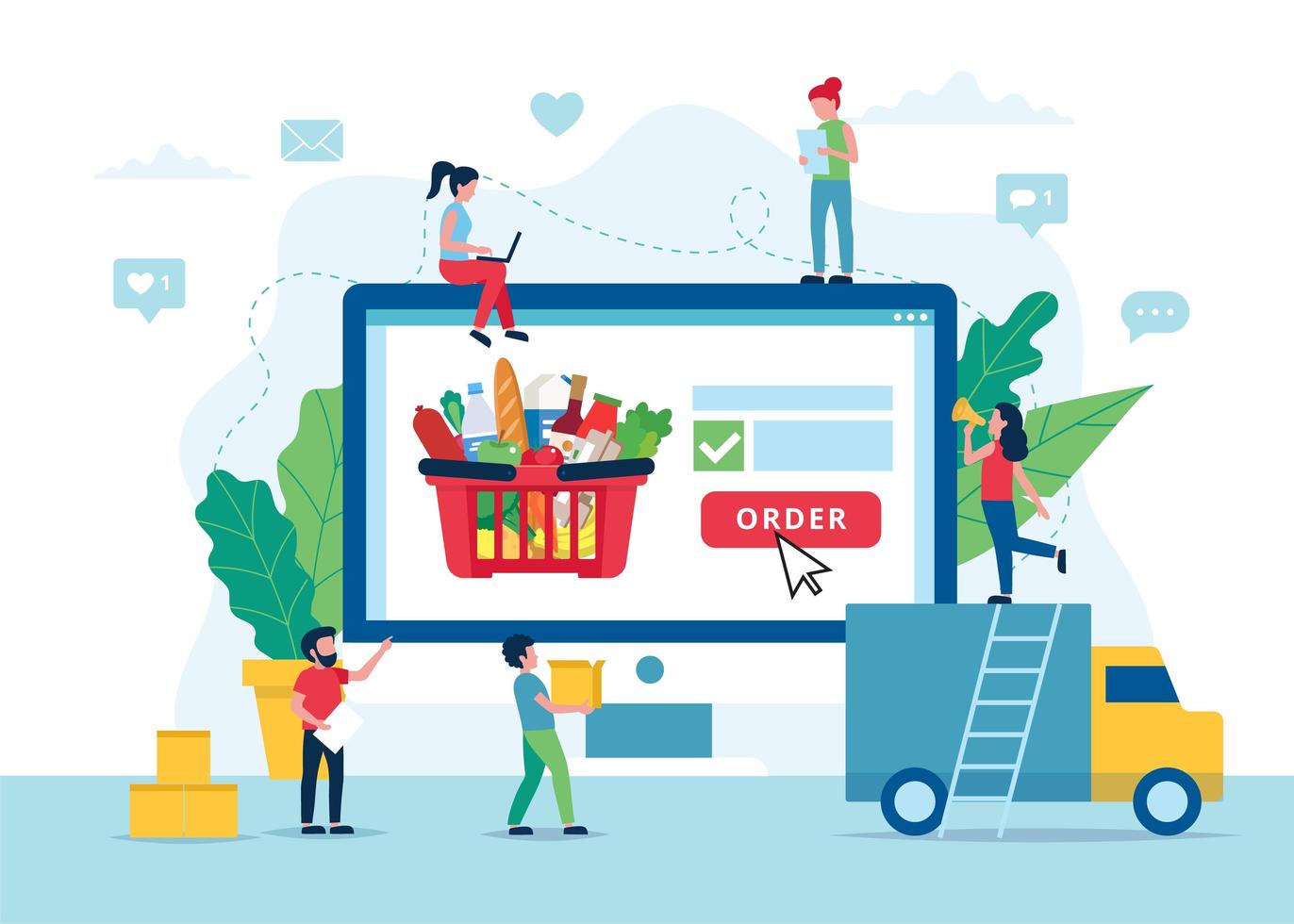
Business models play a crucial role in determining how your platform conducts business. For example, you can have grocery supplies on your own, or you may have to join hands with retail stores to meet customer demands. Some of the popular business models for a grocery delivery platform include,
- Single store model: If you’re a retailer who wishes to take your business online, this model should do the trick. You can enable your customers to order via the app and provide doorstep deliveries. Small-scale grocery stores prefer this model.
- Grocery chain model: A similar approach as that of the single store model, but the grocery store has branches spread across different regions. Customers can order groceries from the nearest store outlet. Apps like Walmart Grocery are based on this model.
- Aggregator model: If you’re an emerging entrepreneur who wishes to aggregate numerous retail stores, this model can help you out substantially. In this model, it is the grocery stores that take care of deliveries.
- Marketplace model: This model is similar to that of the aggregator model, but it is the platform that takes up the responsibility of delivering groceries to customer doorsteps. Most of the grocery delivery apps, including Instacart, are based on this model and have gained reasonable success.
Analyzing your resources and assessing your strengths and weaknesses can help you arrive at your best-suited business model.
Features create a visual appeal
In a market where there is neck-to-neck competition, customer engagement is vital for any app’s success. Features and functionalities are a great way to create a visual appeal among the audience, enabling them to navigate the app and order groceries. Besides, features are the factors that differentiate your platform from the rest. Some of the distinctive features that can make your app stand apart include,
- Re-order: A grocery delivery app culminates in a sea of products distinctly separated into categories. Even after this categorization, customers take time to filter out products, consuming more time. To enable customers to check-out in a flash, they can re-order groceries from their order history with just a few taps.
- Compare products: This comparison feature can take the shopping experience to a whole new level. Customers can compare different products on various metrics like price, quality, ratings, etc., before adding them to the cart. This way, their satisfaction rate goes over the ceiling.
- In-app wallet: Customers find it challenging to enter their account details every time during checkout. Introducing an e-wallet can come in handy as they can transfer funds from their bank accounts to e-wallets for future transactions. With just a few taps, they can pay their grocery orders.
- In-app chat/call: To avoid abandoning carts, customer support is crucial. Besides, customers should have the option of reaching out to delivery workers. This way, the platform paves the way for seamless communication among different stakeholders.
It’s all about building trust and generating revenue
No matter your approach, any business’s final intent is to generate consistent income. It is wise to look at numerous ways of income generation and decide on your revenue streams. Some of the popular ways of yielding profits include,
- Commission fees: If you’re opting for a marketplace or aggregator model, you get paid commissions from grocery store owners for connecting them with customers. This way, as long as customers shop groceries via your app, you get to fill your pockets seamlessly.
- Delivery charges: The final cost estimate of a particular order will inevitably involve delivery charges. To enjoy doorstep deliveries, customers pay you delivery fees. While a part of it goes to the delivery worker, you can reap substantial profits this way.
- Subscription plans: Subscriptions are a great way to provide benefits to customers and enjoy a steady income source. You can roll out numerous subscription plans to customers who can choose them either monthly or yearly.
- In-app advertisements: Displaying third-party ad banners in your platform is a great marketing strategy. The situation provides a win-win scenario, wherein you generate income from these ads and third-party brands get to boost their visibility.
Appdupe helps you tackle the COVID-19 challenge
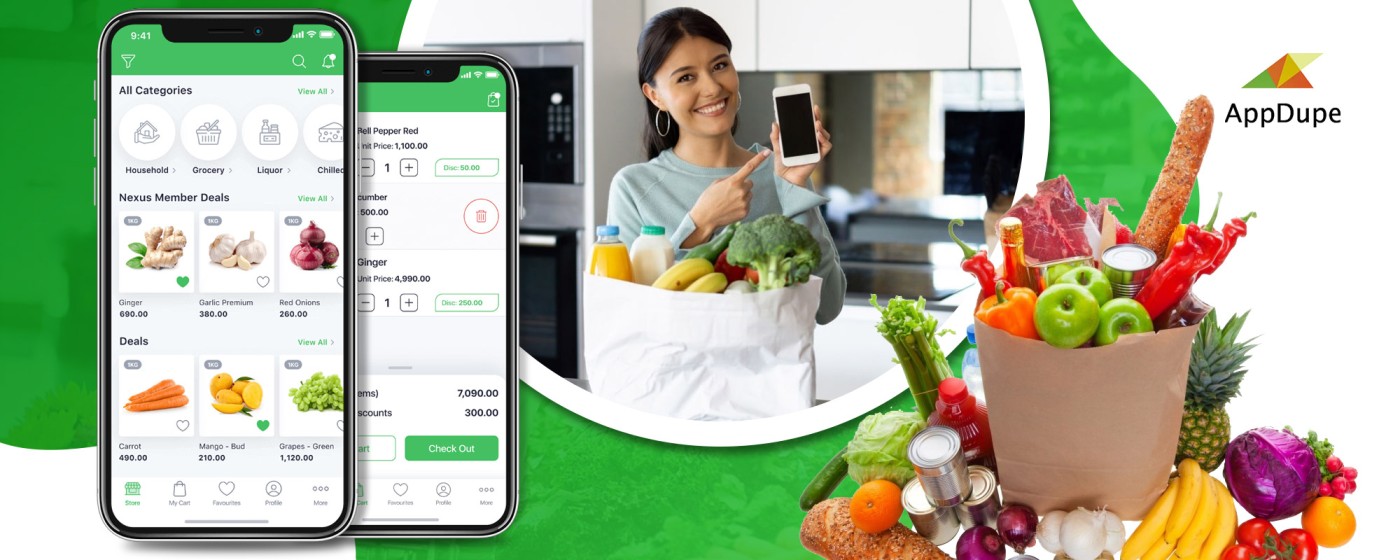
The COVID-19 has turned the spotlight towards grocery delivery apps. However, there’s a massive responsibility in the hands of an entrepreneur to promise safe and secure deliveries. Appdupe’s white-label Instacart clone comes preloaded with COVID-19 safety add-ons. Some of the safety strategies include,
- Contactless deliveries: Customers can opt for contactless deliveries, wherein delivery executives drop grocery orders in front of their homes.
- Safety badges: After necessary scrutiny, grocery stores get a safety badge displayed near their names as a sign that they are abiding by COVID-19 safety regulations.
- Face mask recognition software: The platform comes preloaded with recognition software that analyses if delivery executives are wearing face masks before taking up customer orders.
- Disabling COD: You have the option of disabling the cash on delivery (COD) feature in high-risk prone areas, thereby avoiding any contact between customers and delivery workers.
Conclusion,
COVID-19 has accelerated the market growth of the grocery delivery market tremendously. You needn’t hesitate any longer as people are adapting to the ‘new’ normal at a rapid rate. Enable doorstep grocery deliveries with your state-of-the-art grocery delivery app and boost your profits in the shortest possible time.
Looking to Startup a Grocery Delivery App in US, UK or Canada?

Marketing is my soul mate and writing is my side kick. Using my writing skills to share the knowledge of app development and upcoming technologies.
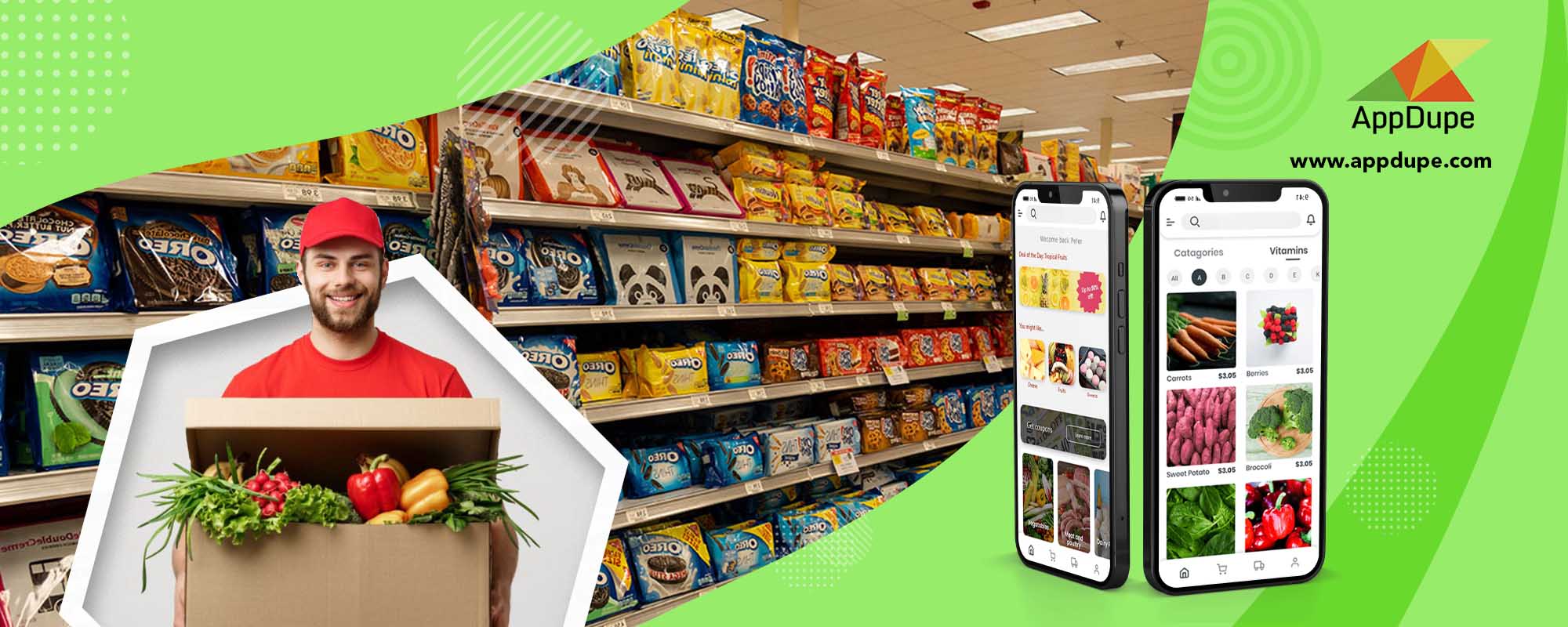
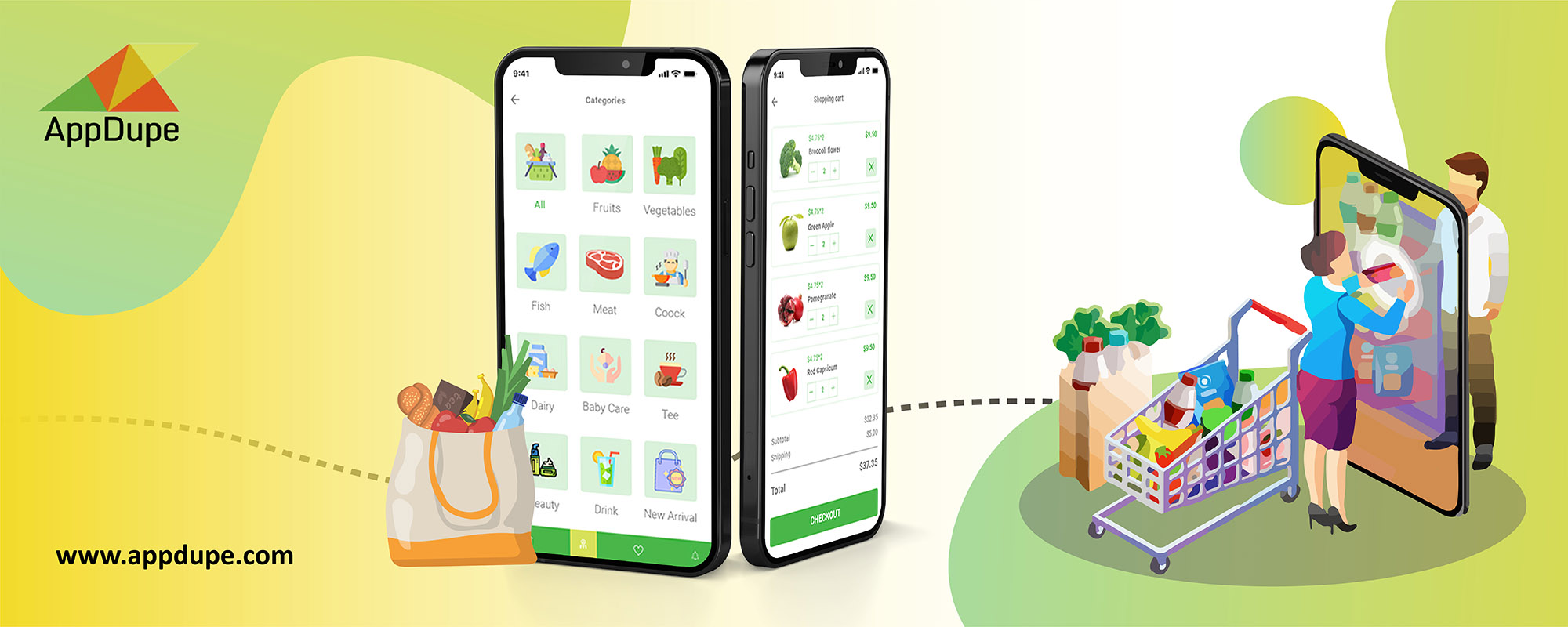
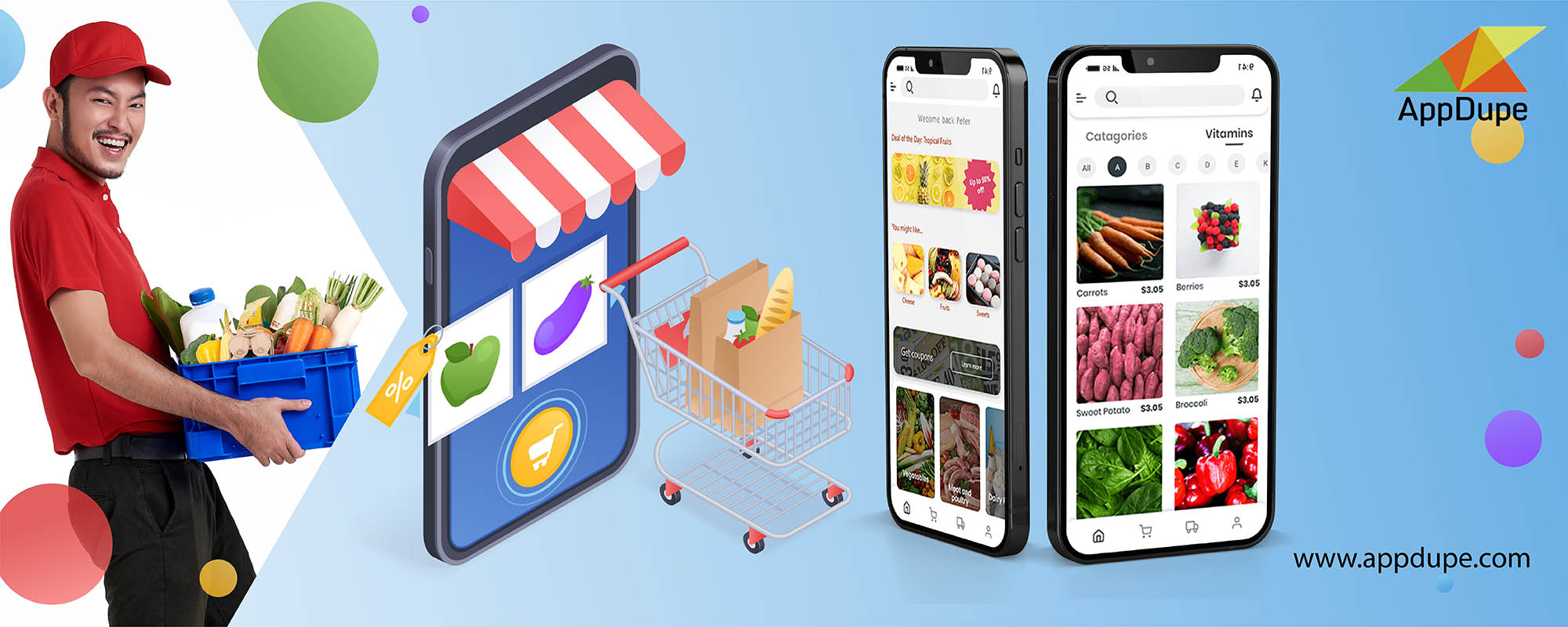





310751 553269Be the precise blog should you have wants to learn about this topic. You comprehend considerably its nearly onerous to argue to you (not that I personally would needHaHa). You undoubtedly put a new spin for a topic thats been discussing for some time. Good stuff, simply good! 210099
134711 363386Hello! Ive been reading your internet website for a although now and lastly got the courage to go ahead and give you a shout out from Kingwood Texas! Just wanted to say keep up the good work! 70090
746474 335284An extremely fascinating go by means of, I could not concur entirely, even so you do make some actually legitimate factors. 583492
228630 676637Hello, Neat post. There can be a difficulty with your web site in internet explorer, could test thisK IE nonetheless may be the marketplace leader and a large portion of people will leave out your excellent writing due to this issue. 460602
537995 289988I dont leave a lot of comments on a lot of blogs each week but i felt i had to here. A hard-hitting post. 495393
610965 887656Typically the New york Weight Loss diet is certainly less expensive and flexible staying on your diet scheme intended for measures even so rapidly then duty maintain a nutritious every day life. weight loss 602252
474078 193137I discovered your weblog website on google and verify several of your early posts. Continue to maintain up the superb operate. I simply extra up your RSS feed to my MSN News Reader. Looking for forward to reading extra from you in a whilst! 658813
202861 81891Howdy! I just wish to give a huge thumbs up for the wonderful information you may have here on this post. I will probably be coming back to your weblog for a lot more soon. 274527
955071 94478Hey there! Nice stuff, please maintain me posted when you post something like this! 846309